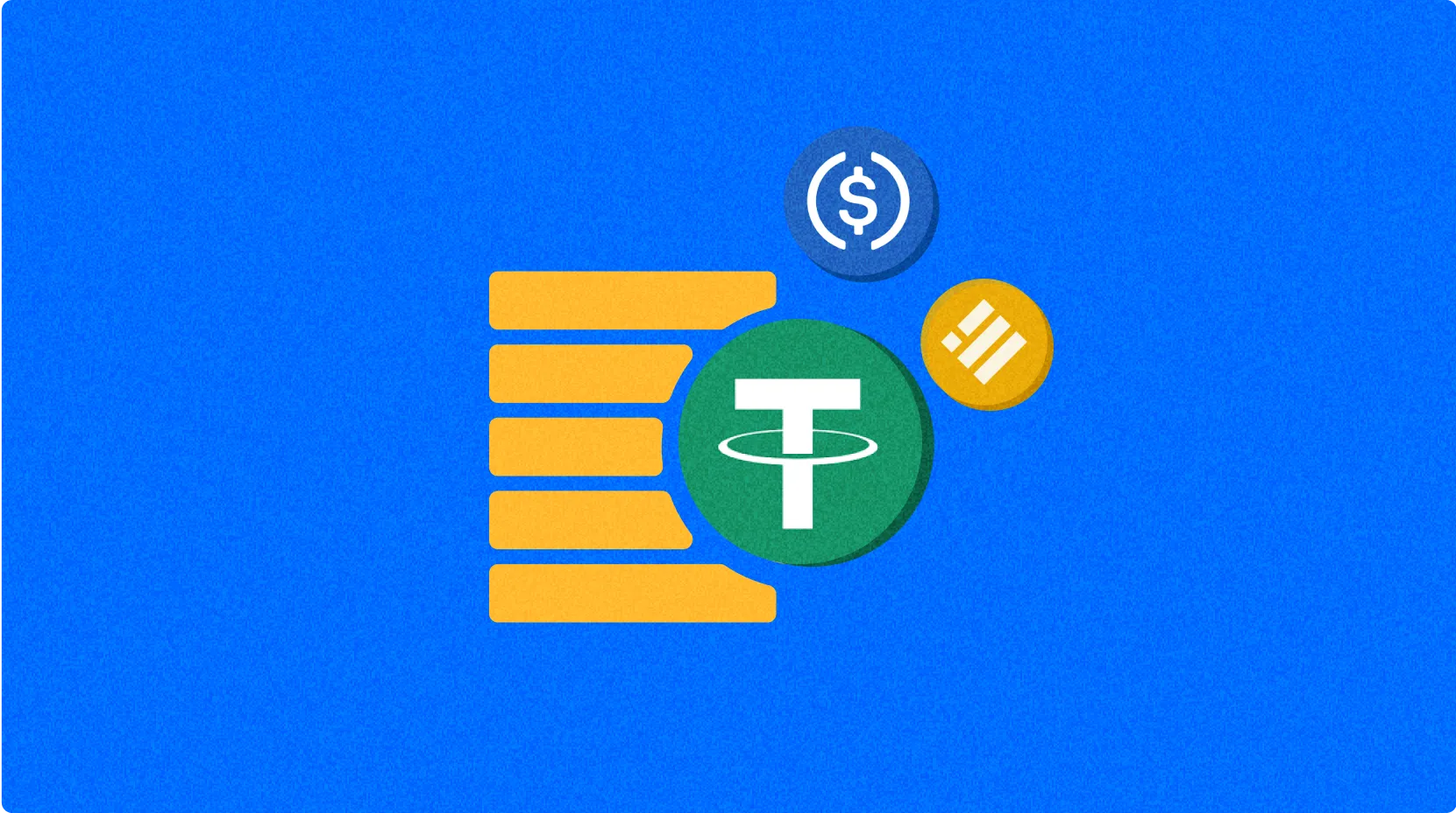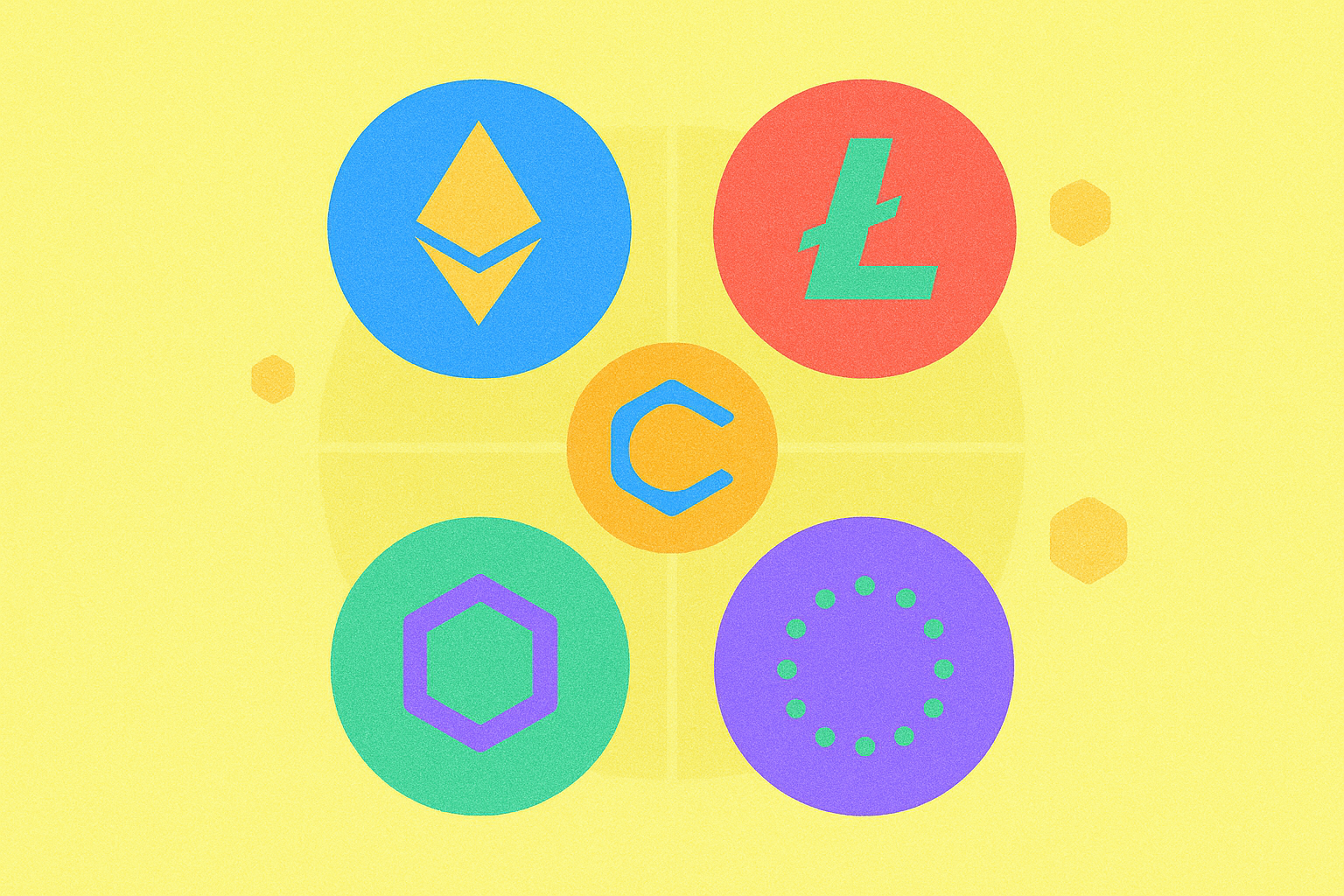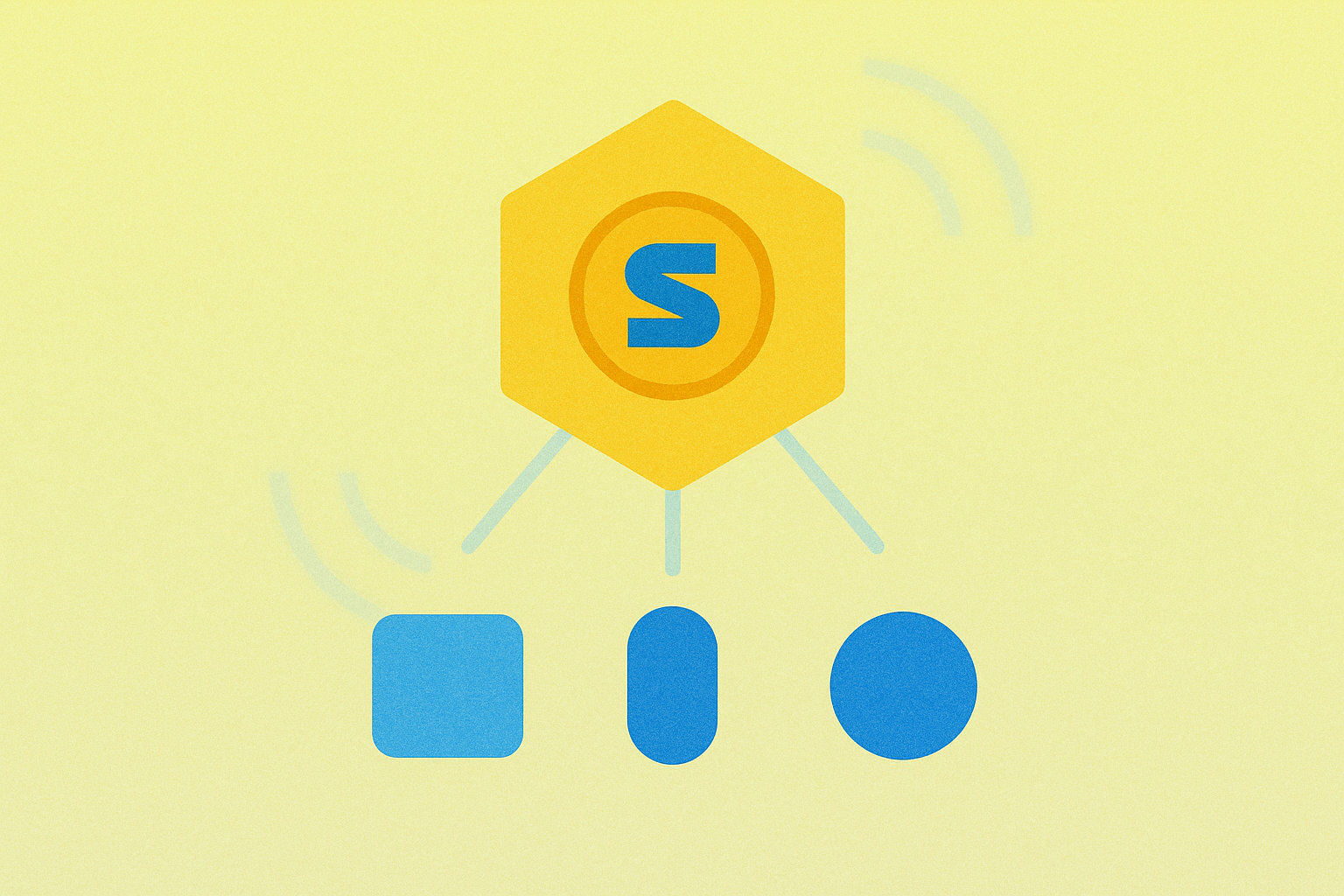2025 yılında StarkNet (STRK)'in yükselişini sağlayan başlıca temel dinamikler nelerdir?

StarkNet’in ZK-rollup teknolojisi Ethereum’da sınırsız işlem kapasitesi sağlıyor
StarkNet’in yenilikçi ZK-rollup teknolojisi, işlemleri zincir dışında gerçekleştirerek Ethereum’un ölçeklenebilirlik sorunlarına çözüm getiriyor ve Ethereum’un güçlü güvenliğini koruyor. STARK kanıtları, merkeziyetsizlikten ödün vermeden sınırsız hesaplama kapasitesi sunarak Ethereum’un mevcut sınırlarını ortadan kaldırıyor.
Bu mekanizma, binlerce işlemi tek bir STARK kanıtı altında toplayıp, Ethereum ağına tek bir işlem olarak göndererek çalışıyor. Bu yaklaşım, performans verilerinde de görüldüğü gibi, verimliliği ciddi biçimde artırıyor:
| Parametre | Ethereum (Katman 1) | StarkNet (ZK-rollup) |
|---|---|---|
| İşlem Kapasitesi | ~15 TPS | Binlerce TPS |
| İşlem Maliyeti | Yüksek (değişken) | 100 kata kadar daha düşük |
| Sonuçlanma Süresi | Dakikalar | Neredeyse anında |
| Hesaplama Sınırları | Kısıtlı | Fiilen sınırsız |
Bu mimari, hesaplama ile mutabakatı birbirinden ayırarak, geliştiricilere Ethereum ana zincirinde maliyetli veya uygulanamaz olan karmaşık ve yoğun hesaplama gerektiren dApp’ler geliştirme imkanı sunuyor. Geçerlilik kanıtları, zincir dışında yapılan tüm işlemlerin Ethereum’da kesinleşmeden önce matematiksel olarak doğrulanmasını güvence altına alıyor.
STRK token’ının devreye alınmasıyla, ölçeklendirme çözümünün daha merkeziyetsiz bir yönetişim modeliyle yönetilmesi sağlanarak ekosistem daha da güçlendi. Kuantum dirençli ve güvenilir kurulum gerektirmeyen StarkNet teknolojisi, Ethereum’un güvenlik taahhütlerini korurken blokzincir ölçeklenebilirliğinde önemli bir sıçrama sunuyor.
2024’ün 2. çeyreğinde sunulan paralel yürütme özelliği ağ performansını katlıyor
Starknet, 2024 yılının ikinci çeyreğinde devreye aldığı öncü paralel yürütme özelliğiyle ağın teknik gelişiminde kritik bir dönüm noktası yarattı. Bu geliştirme, işlemlerin sıralı yerine, birden fazla bağımsız işlemin eşzamanlı olarak yürütülmesini sağlayarak işlem süreçlerinde köklü bir değişim sağladı.
Uygulama sonrası elde edilen performans iyileşmeleri çarpıcı ve ölçülebilir oldu:
| Performans Metrikleri | Paralel Yürütme Öncesi | Uygulama Sonrası |
|---|---|---|
| İşlem Hızı | Standart sıralı işleme | 2 saniyede işlemler |
| Ağ Kapasitesi | Sıralı işlemlerle sınırlı | Çarpıcı biçimde arttı |
| Maliyet Etkinliği | Standart L2 ücretleri | Ölçeklenirken korundu |
| İşlem Kapasitesi | Temel seviye | Belirgin biçimde yükseldi |
Bu mimari yenilik, aynı durum değişkenlerini etkilemeyen işlemlerin eşzamanlı işlenmesini sağlayarak ağ verimliliğini önemli ölçüde artırıyor. “Bolt” yükseltmesiyle sunulan bu özellik, platformda daha fazla uygulama çalıştırıldıkça ve kullanıcı sayısı arttıkça ağın hızlı ve ekonomik şekilde hizmet vermesini mümkün kılıyor.
Paralel yürütme, Starknet’in 2024 yol haritasında ölçeklenebilirliği güvenlikten ödün vermeden önceliklendiren temel bir unsur. Bu teknolojinin hayata geçirilmesiyle Starknet, Layer 2 ekosisteminde güçlü bir rekabet avantajı elde etti ve ZK-Rollup mimarisiyle Ethereum’un güvenlik standartlarını korudu. Ağ verileri, işlem kapasitesinin artan kullanım dönemlerinde bile istikrarlı kaldığını göstererek, yükseltmenin gerçek dünyadaki başarısını ortaya koyuyor.
Token kilit açma ertelemesi kısa vadeli satış baskısını azaltıyor
Starknet’in STRK token kilit açılışlarını erteleme kararı, ani satış baskısını azaltarak piyasa dalgalanmasına doğrudan etki ediyor. İlk plana göre 2025 sonuna dek 2 milyar token piyasaya sürülecekti, ancak güncellenen takvimle bu sayı yalnızca 580 milyon tokenla sınırlanarak potansiyel arz %71 oranında azaltıldı.
Token kilit açma ertelemeleri, STRK'nın fiyat hareketlerinde de görüldüğü gibi genellikle piyasada daha olumlu koşullar yaratıyor. Son piyasa verilerine bakıldığında, aşağıdaki gibi net bir tablo ortaya çıkıyor:
| Kilit Açma Etkinliği | Serbest Bırakılan Token | Fiyat Değişimi (5 günlük dönem) |
|---|---|---|
| 15 Eylül 2025 | ~16 Milyon $ (arzın %3,3’ü) | -9,1% |
| 15 Ekim 2025 | 127 Milyon token | -7,0% |
15 Ekim’deki kilit açma, dolaşımdaki 4,56 milyar arzın önemli bir bölümünü oluşturduğundan piyasada hissedilir oynaklığa sebep oldu. Ancak bu etki, eski takvime kıyasla çok daha sınırlı kaldı.
Azalan satış baskısı, STRK yatırımcılarına çeşitli avantajlar sunuyor. Öncelikle, yeni tokenlerin piyasaya daha yavaş ve kontrollü şekilde girmesine olanak tanıyor. Ayrıca, Starknet ekosisteminin değerini ve kullanımını ortaya koymak için daha fazla zaman sağlıyor ve organik talep ile satış baskısı dengelenebiliyor. Son olarak, StarkWare yönetiminin token ekonomisiyle ilgili topluluk kaygılarına duyarlılık gösterdiğini ortaya koyuyor.
Bu stratejik düzenleme, projelerin planlı hakediş takvimleriyle aşırı fiyat dalgalanmasını nasıl yönetebileceğini ve hem erken yatırımcılar hem de yeni kullanıcılar için sürdürülebilir bir ekosistem yaratabileceğini gösteriyor.
Ekosistem büyümesi ve benimsenme, uzun vadeli başarı için ana zorluklar olmaya devam ediyor
StarkNet’in Katman 2 ölçeklendirme çözümü olarak teknik gücüne rağmen ekosistemi, yaygın benimsenme yolunda ciddi zorluklarla karşı karşıya. STRK token’ın yakın dönemdeki fiyat oynaklığı bu sorunu gözler önüne seriyor; son 24 saatte %15,49’luk düşüş ve son bir yılda %70,58 oranında sert bir değer kaybı yaşandı. Bu fiyat istikrarsızlığı, potansiyel yatırımcılar ve geliştiricilerde tereddüt yaratıyor.
Piyasa verileri, StarkNet’in benimsenme göstergelerinde kaygı verici bir tablo sunuyor:
| Metre | Mevcut Durum | Sektörel Etki |
|---|---|---|
| Piyasa Sıralaması | 145. sıra | Kısıtlı görünürlük |
| Piyasa Payı | Yalnızca %0,028 | Çok düşük ekosistem etkisi |
| Fiyat Hareketi | Ekim 2025’te 0,03799 $ ile tarihî dip | Yatırımcı güveni zedelendi |
Düzenleyici baskılar, merkeziyetsiz uygulamalar ve token yönetişim modellerine yönelik artan devlet ilgisiyle başka bir ciddi engel oluşturuyor. Bu belirsizlik, StarkNet’in yönetişim netliğini azaltarak güçlü ağ temellerine rağmen kurumsal katılımı kısıtlıyor.
Kripto piyasasında Layer-2 tokenlara olan azalan ilgi, geçmişi kanıtlanmış köklü ekosistemlere yönelik bir eğilimi gösteriyor. StarkNet’in uzun vadeli başarıya ulaşabilmesi için bu benimseme engellerinin üstesinden gelmesi, teknik altyapısını güçlendirmeye devam etmesi ve piyasa dalgalanmalarında yatırımcı güvenini koruması gerekiyor.
SSS
STRK token nedir?
STRK, Ethereum üzerinde çalışan Layer 2 ağı Starknet’in yerel kripto para birimidir. Yönetişimde ve işlem ücretlerinde kullanılır; ZK-Rollup teknolojisiyle dApp’lerde ölçeklenebilirlik ve güvenliği artırır.
Elon Musk’ın kripto parası nedir?
Elon Musk’ın kendine ait resmi bir kripto parası yoktur. Ancak Dogecoin (DOGE), Musk’ın sık sık desteklemesi ve öne çıkarması nedeniyle onunla en çok anılan coindir.
STRK fiyatı nedir?
03 Kasım 2025 itibarıyla STRK fiyatı 0,25 $’dır. Bu anlık fiyat piyasa koşullarına bağlı olarak hızla değişebilir.
STRK hangi blokzincir üzerinde çalışıyor?
STRK, Ethereum için bir Katman 2 ölçeklendirme çözümü olan Starknet blokzinciri üzerinde çalışmaktadır.

Asenkron Ne Demektir?

Prove Kripto'nun Blok Zinciri Ölçeklenebilirliği için Sıfır Bilgi Kanıtlarını Nasıl Kullandığı

2025 Yılında En Başarılı Layer 2 Çözümleri: Detaylı Liste

ZK nedir? Kripto'da Sıfır Bilgi Kanıtları Açıklandı

2025 ZKPrice Tahmini: Blockchain Ölçeklenebilirlik Çözümlerinin Zero-Knowledge Pazar Değeri Üzerindeki Potansiyel Etkisi

Lighter Prep DEX nedir? Ethereum Katman 2 üzerinde yeni bir ZK Sürekli Vadeli İşlemler merkeziyetsiz borsası.

Hotbit platformunun kapanmasının ardından fonlarınızı nasıl çekebilirsiniz

Yapay Zekâ, 2025 yılında büyüme gösterecek 10 kripto parayı öngörüyor | Uzman Analizleri

SMTX nedir: Yüzey Montaj Teknolojisi X ve modern elektronik üretiminde kullanım alanları hakkında kapsamlı bir rehber

SOIL Nedir: Dünya Ekosistemlerinin ve Tarımsal Verimliliğin Temelini Anlamak

KONET nedir: Kore Ulusal Optik Ağ Altyapısına Kapsamlı Bir Rehber







